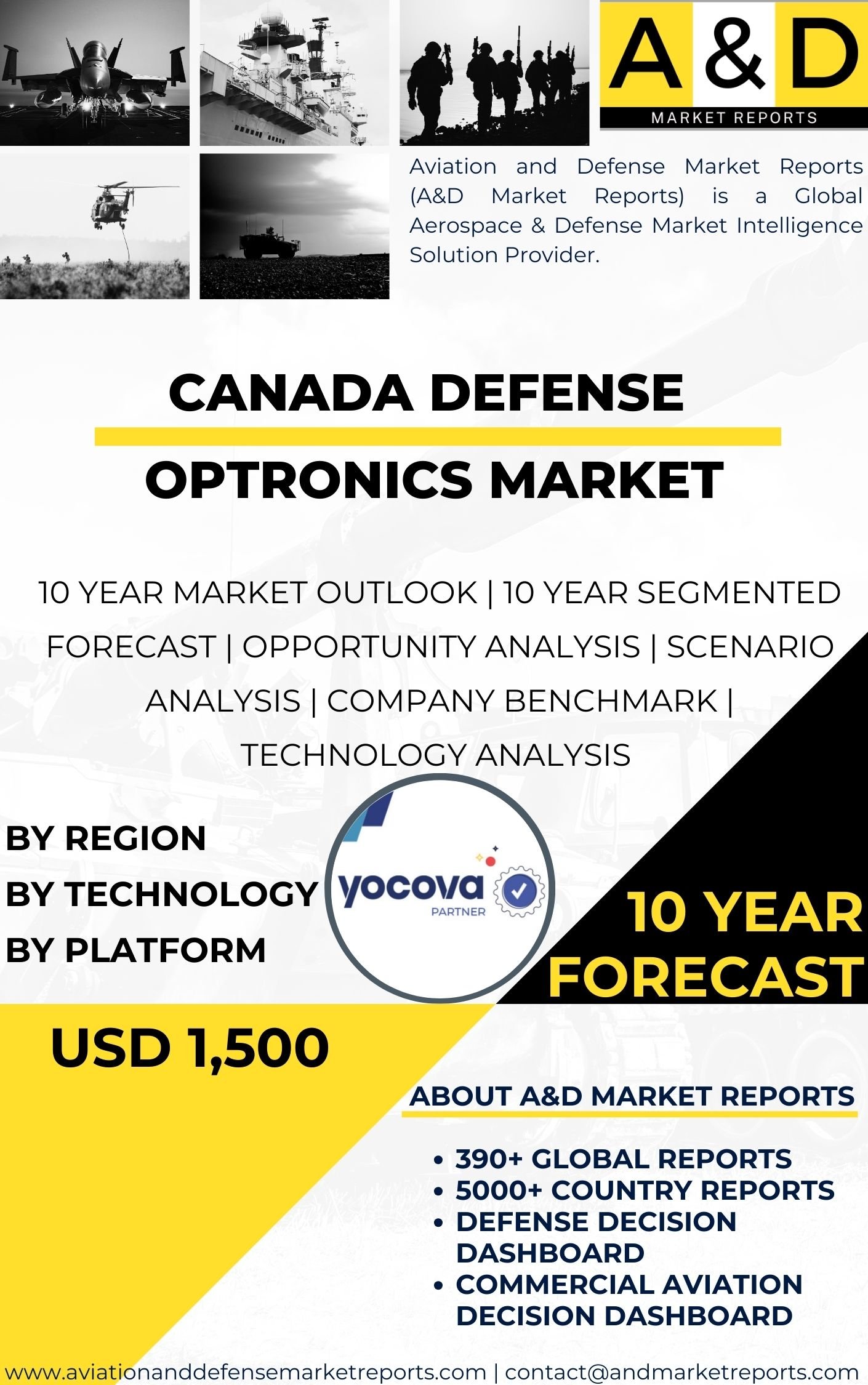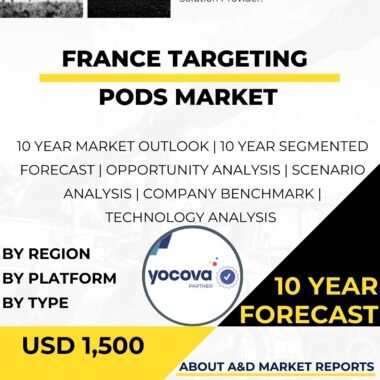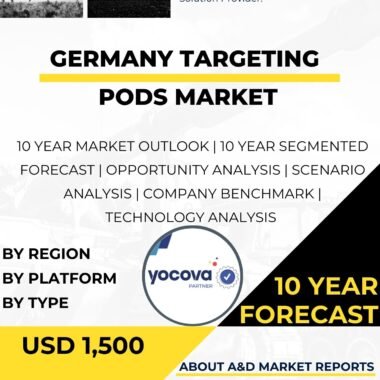Description
Optronics, an abbreviation for optoelectronics, is a critical and rapidly advancing field within Canada’s defense industry. It involves the development, integration, and application of advanced optical and electronic technologies to enhance the capabilities of military systems. Optronics play a crucial role in a wide range of defense applications, including surveillance, target acquisition, reconnaissance, navigation, and target tracking. The integration of optical and electronic components allows for precise sensing, data acquisition, and communication, making optronics an indispensable part of the Canadian Armed Forces (CAF) modernization efforts.
One of the primary applications of optronics in Canada’s defense sector is surveillance and reconnaissance. Electro-optical sensors, such as infrared cameras, thermal imagers, and image intensifiers, are integrated into military platforms, including aircraft, drones, ground vehicles, and maritime vessels. These sensors provide enhanced situational awareness, enabling CAF personnel to monitor the battlefield, detect potential threats, and gather critical intelligence in various operating conditions, including low light and adverse weather.
Infrared sensors are particularly valuable in detecting heat signatures, making them essential for target identification and tracking. The ability to detect and track objects based on their thermal emissions is crucial in distinguishing between friendly and hostile forces and identifying potential threats at extended ranges.
Canada’s defense industry also focuses on optronics for target acquisition and precision targeting. Electro-optical target tracking systems, such as laser rangefinders and designators, enable accurate measurement of target distances and precise designation of targets for guided munitions. These systems are integral to various military platforms, including tanks, armored vehicles, and aircraft, ensuring that Canadian forces can engage targets with high accuracy and effectiveness.
Optronics technology is extensively utilized in night vision systems, providing the capability to operate effectively in low-light conditions. Night vision goggles and thermal imaging devices allow CAF personnel to conduct covert operations and navigate in challenging environments where traditional vision may be limited.
In addition to terrestrial applications, optronics are employed in maritime surveillance and navigation systems. Electro-optical sensors integrated into naval vessels enable the detection of surface threats and provide situational awareness in maritime domains. These sensors play a critical role in identifying potential hazards and ensuring safe navigation for Canadian naval operations.
Optronics also contribute significantly to the modernization of aircraft avionics. Sophisticated optronic systems are integrated into aircraft sensors, including Forward Looking Infrared (FLIR) systems and laser warning receivers, to enhance the aircraft’s threat detection capabilities and self-protection measures. These systems provide early warning against threats, such as incoming missiles, and aid in evasive maneuvers to increase the aircraft’s survivability during combat missions.
Furthermore, optronics technology is instrumental in the development of unmanned systems, such as drones and autonomous vehicles. Electro-optical sensors provide critical inputs for autonomous navigation, obstacle avoidance, and target detection, enabling unmanned systems to operate autonomously or in collaboration with human operators effectively.
The Canadian defense industry actively invests in research and development to advance optronics technology. Collaborations with academia, domestic companies, and international partners facilitate knowledge sharing and technology transfer, allowing Canada to remain at the forefront of optronics innovation.
Miniaturization and lightweighting are key areas of focus for optronics development. The reduction in size and weight of electro-optical sensors enhances their integration into various platforms, including small unmanned systems and individual soldier equipment. This miniaturization ensures that CAF personnel can carry advanced sensing capabilities without being encumbered by heavy equipment.
Moreover, the integration of optronics with other sensor systems, such as radar and electronic warfare, is a growing trend in defense applications. Sensor fusion allows for more comprehensive and accurate data analysis, providing a more comprehensive picture of the battlefield and enhancing overall operational effectiveness.
Optronics development also considers the environmental sustainability of defense technologies. Research efforts include exploring energy-efficient sensors, eco-friendly materials, and reducing the environmental impact of manufacturing processes.
Ensuring the cybersecurity and resilience of optronic systems is crucial to prevent potential vulnerabilities and cyber threats. As defense systems become more connected and data-driven, safeguarding the integrity and confidentiality of optronics data is essential to prevent unauthorized access or tampering.
In conclusion, optronics technology plays a vital role in Canada’s defense industry, providing advanced sensing, surveillance, and targeting capabilities for the Canadian Armed Forces. The integration of optical and electronic components allows for precise data acquisition and communication, enhancing the situational awareness and operational effectiveness of military platforms. Optronics systems are utilized in a wide range of applications, from surveillance and reconnaissance to precision targeting and autonomous systems. As Canada’s defense industry continues to invest in research, development, and integration, optronics will remain a critical component of the country’s defense modernization efforts, ensuring the readiness and effectiveness of the CAF in fulfilling its defense responsibilities.




